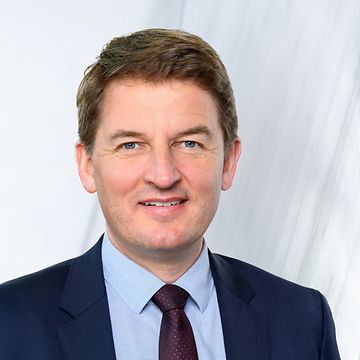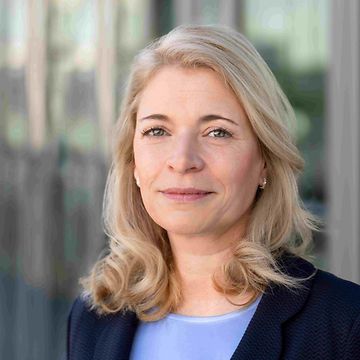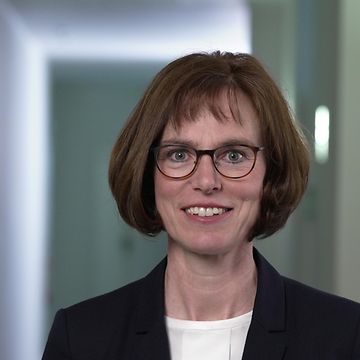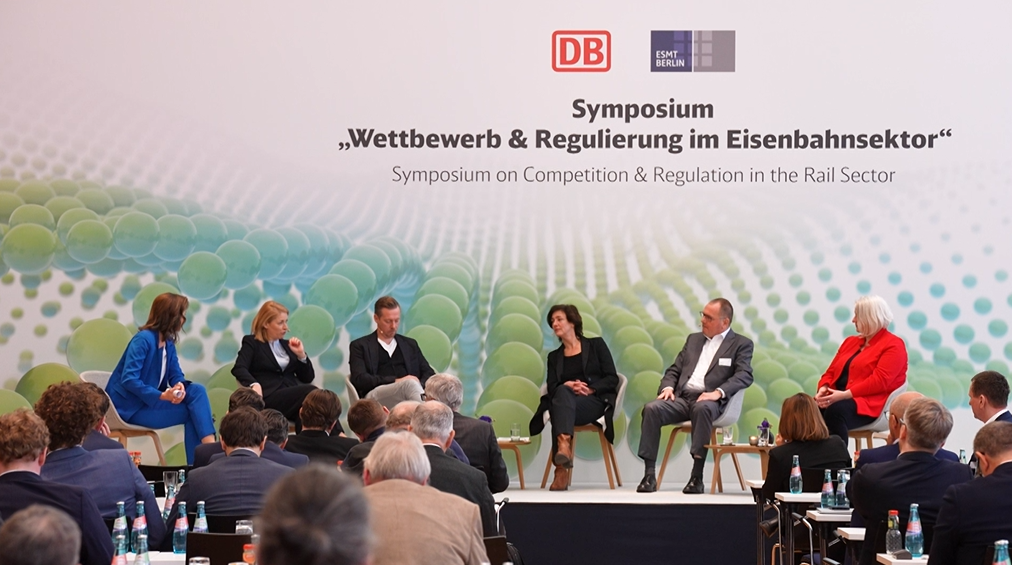Competition Symposium
The rail sector is under great pressure to modernize and transform, with a considerable backlog of investment in infrastructure throughout Europe. At the same time, the strategic importance of rail is greater than ever before, as its systemic relevance has been clearly demonstrated in the multiple crises of recent years.
In Germany, customers' expectations of rail quality are often not being met. Federal Transport Minister Schnieder has set out three pillars for the turnaround with the "Agenda for satisfied customers on the railways": Reforms at Deutsche Bahn, measures by the Federal Government and the activation of the sector. At the same time, European transport policy is providing impetus for greater efficiency and cross-border connections with initiatives such as the new Capacity Regulation, the Military Mobility Package and the Action Plan for High-Speed Rail.
In two panel discussions, we will shed light on specific implementation requirements and the need to adapt the legal framework in order to strengthen the railways. Central questions are: How can the infrastructure be consistently renovated while keeping ongoing operations stable? How can adequate and predictable infrastructure financing be ensured? How can the framework for track access charging be developed in such a way that the efficiency of transport and infrastructure companies is guaranteed? What measures can be taken to noticeably and efficiently improve quality and punctuality for customers? How can intelligent capacity management be used to increase the reliability of the rail system?
Together with experts from the industry and politics, we will discuss how we can tackle these complex tasks in the interests of a customer-oriented future.
We are looking forward to discuss with:
Professor Jörg Rocholl

President of the European School of Management and Technology Berlin
Evelyn Palla

Chairwoman of the Management Board and CEO of Deutsche Bahn AG
Apostolos Tzitzikostas

EU Commissioner for Sustainable Transport and Tourism (tbc)
Regina Kraushaar

Saxon Minister for Infrastructure and Regional Development
Andreas Gehlhaar

Head of the Railways Department at the Federal Ministry of Transport
Dr Markus Hunkel

Chief Executive Officer RDC
Dr Philipp Nagl

CEO DB InfraGO
Joachim Berends

Vice President and Chairman of the Board of Directors for Rail Freight Transport Verband Deutscher Verkehrsunternehmen e. V. (VDV)
John Voppen

CEO ProRail
Dr Daniela Brönstrup

Vice President of the German Federal Network Agency
Oliver Wittke

Member of the Executive Committee of BSN
Kerstin Haarmann

Verkehrsclub Deutschland (VCD)
Dr Matthias Feil

Timetabling and Capacity Management DB InfraGO
Anja Bröcker

Company Spokesperson of Deutsche Bahn AG
